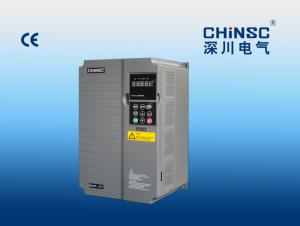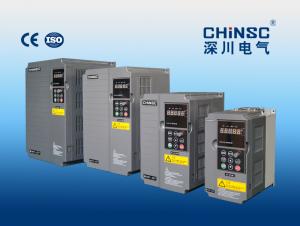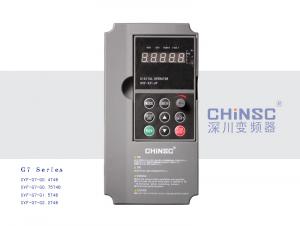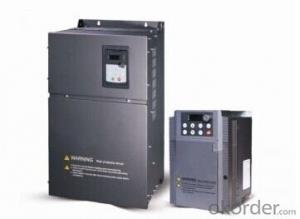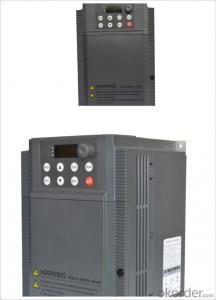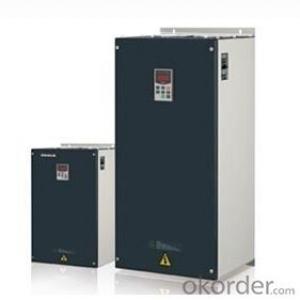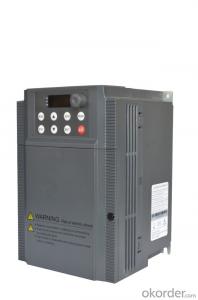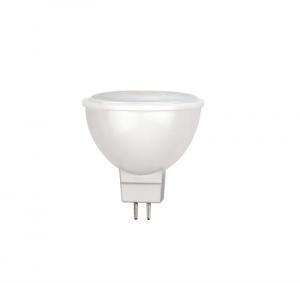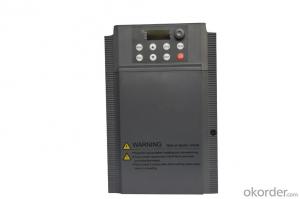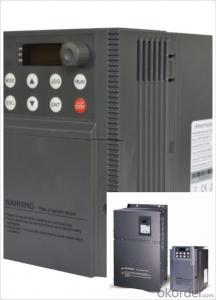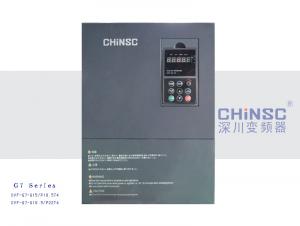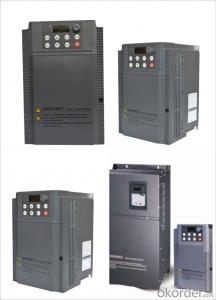3 Phase Solar Inverter
3 Phase Solar Inverter Related Searches
Inverter For Off Grid Solar Ct For Solar Inverter Solar Inverter For Rv Inverter For Solar Quality Solar Inverter Best Solar Inverter In Kerala 3 In 1 Solar Inverter Buy Solar Inverter In Nigeria Pcu Mode In Solar Inverter Igbt In Solar InverterHot Searches
Solar Inverter For Laptop Solar Inverter For Fridge Best China Solar Inverter China 3 Phase Solar Inverter Solar Inverter Supplier In Uae Solar Inverter In Dubai Solar Inverter In Saudi Arabia Solar Inverter In Uae Solar Inverter In Kerala Solar Inverter In Nepal Solar Inverter In Burpengary Solar Inverter In Caboolture Solar Inverter In Chennai Solar Inverter In Lebanon China 10kva Solar Inverter China Solar Inverter 1000kw China Solar Inverter 3kw China 5000w Solar Inverter China 850va Solar Inverter Solar Inverter For Fridge3 Phase Solar Inverter Supplier & Manufacturer from China
Okorder.com is a professional 3 Phase Solar Inverter supplier & manufacturer, offers integrated one-stop services including real-time quoting and online cargo tracking. We are funded by CNBM Group, a Fortune 500 enterprise and the largest 3 Phase Solar Inverter firm in China.Hot Products
FAQ
- Yes, a solar inverter can be used in systems with different module strings. Solar inverters are designed to convert the direct current (DC) generated by solar panels into alternating current (AC) for use in the electrical grid or for powering appliances. They are typically capable of handling a wide range of input voltage and current from different module strings, allowing for flexibility in system design and integration.
- Solar grid inverter does not merge into the grid, direct access to the load to the load power supply?
- Which depends on the grid inverter in the absence of the grid there is no independent operation of the function of the general grid inverter is the current type, only responsible for the power to the grid, the voltage is maintained by the grid,
- Yes, solar inverters can still be used in low light conditions. However, the efficiency of the solar inverter may be reduced as it relies on sunlight to convert solar energy into usable electricity.
- The role of a DC-DC converter in a solar inverter is to convert the direct current (DC) generated by the solar panels into the appropriate voltage and current levels required for the inverter to convert it into alternating current (AC) electricity. The DC-DC converter ensures efficient power transfer and enables the solar inverter to maximize the energy harvested from the solar panels. Additionally, it helps regulate the voltage levels and maintain the stability of the solar power system.
- Yes, solar inverters can be used in regions with high levels of dust or debris. However, it is important to regularly clean and maintain the solar panels and inverters to ensure optimal performance and prevent any potential damage caused by the accumulation of dust or debris.
- PV grid-connected inverter can directly load it?
- Grid-connected inverter is like a car file, he first detects the grid waveform, can not detect not boot, and then the PV DC modulation and consistent with the grid waveform, and then hang up.
- MPPT (Maximum Power Point Tracking) technology in solar inverters works by constantly monitoring the voltage and current of the solar panels and adjusting the resistance to ensure the panels are operating at their maximum power point. This optimization allows for maximum energy production from the solar panels, even in varying weather conditions and shading.
- To choose the right size solar inverter for a specific solar power system, you need to consider the capacity of your solar panels, the maximum power output they can generate, and the electrical load you intend to connect to the inverter. Matching the inverter's capacity with the total power output of your panels ensures optimal performance and prevents overloading. It's also crucial to consider any future expansions or changes in energy requirements to select an inverter that can accommodate potential growth. Consulting with a professional or using online calculators can help determine the appropriate size for your solar inverter.








